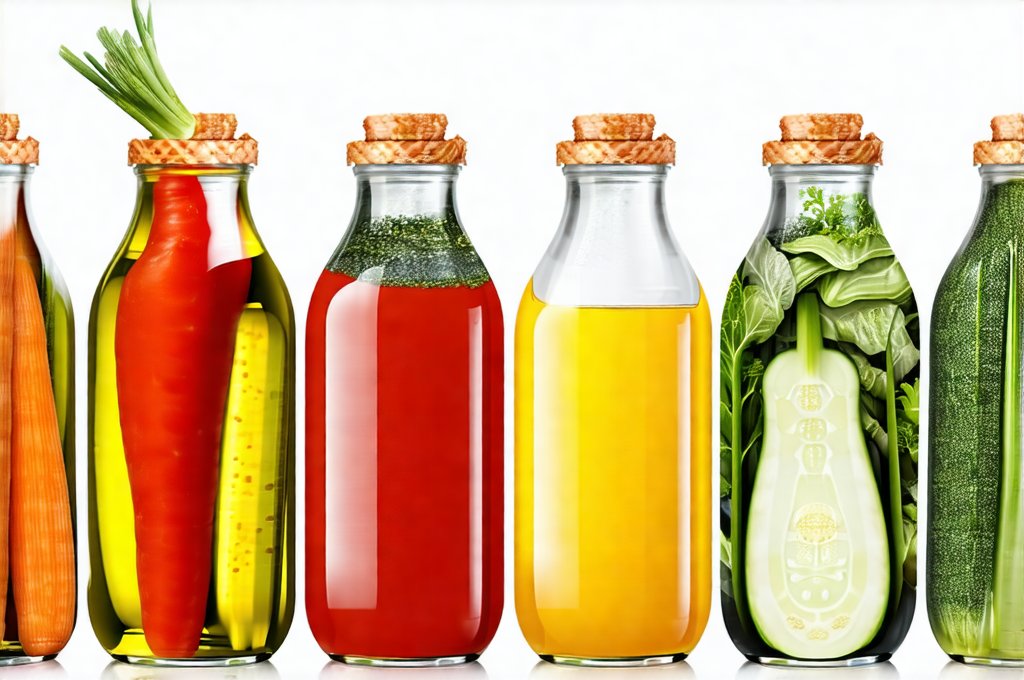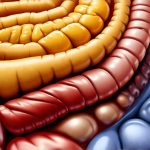Fermentation is a natural and often desirable process in food production – think yogurt, kimchi, sourdough bread. However, unwanted fermentation can lead to spoilage, off-flavors, bloating, gas, and even potential food safety concerns when it occurs in the digestive system due to improper food combining or sequencing. This isn’t about demonizing fermented foods; rather, it’s about understanding how different foods interact during digestion and strategically ordering their consumption to minimize discomfort and maximize nutrient absorption. The human gut is a complex ecosystem, and the order we eat things can significantly impact the environment within it, influencing which microorganisms thrive and what processes dominate – fermentation being one of them.
Many digestive issues stem not necessarily from what we’re eating, but how we’re combining foods and in what sequence. Our bodies are remarkably adaptable, but overloading the digestive system with conflicting demands can lead to incomplete digestion, allowing undigested food particles to become fuel for undesirable bacterial activity. This is where food intolerances comes into play: a proactive approach to optimizing digestion by considering the different rates at which foods break down and how they interact with each other. It’s about working with our bodies rather than against them, aiming for consistent energy levels and reduced digestive distress.
Strategic Food Ordering Principles
The core principle behind food sequence strategies is simple: prioritize foods that are easier to digest first, followed by those requiring more complex breakdown. This allows the body to focus its enzymatic resources efficiently and minimizes the chances of undigested carbohydrates reaching the large intestine where fermentation is most likely to occur. Think about it like building a fire – you start with kindling before adding larger logs. Similarly, we begin with easily digestible options to “prime” the digestive system.
This isn’t about rigid rules or restrictive diets; it’s more about mindful eating and making small adjustments based on individual tolerances. For many, simply starting meals with vegetables, followed by proteins and fats, then finishing with carbohydrates can make a noticeable difference. Prioritizing fiber-rich foods early in the meal also helps regulate blood sugar levels, preventing spikes that can contribute to bloating and discomfort. Furthermore, understanding the different digestive “environments” needed for various food groups is key – protein requires an acidic environment, while carbohydrates need alkaline conditions, so mixing them excessively can hinder optimal digestion. You may find foods that calm the stomach helpful as well!
Ultimately, successful food sequencing isn’t a one-size-fits-all approach. It’s about experimentation and observing how your body responds to different combinations and orders. Paying attention to your own digestive cues – bloating, gas, energy levels – is crucial for tailoring these strategies to your individual needs.
Protein & Carbohydrate Harmony
Combining large quantities of protein with complex carbohydrates can create a digestive bottleneck. Proteins require stomach acid and enzymes like pepsin for breakdown, while carbohydrates rely on pancreatic amylase in the small intestine. When eaten together in substantial amounts, this can lead to incomplete digestion of both, increasing the likelihood of fermentation. This is because the body must constantly switch between creating acidic and alkaline environments, slowing down the entire process.
To mitigate this risk, consider these strategies: – Separate protein and carbohydrate-heavy meals where possible. – If combining them is unavoidable, prioritize smaller portions of each. – Focus on easily digestible carbohydrates like sweet potatoes or quinoa alongside lean proteins. Avoid pairing heavy protein sources with refined carbohydrates, as the latter are quickly digested, leaving the protein to linger and potentially ferment.
A practical example would be enjoying a salad with grilled chicken before having a slice of whole-wheat bread. This allows for more efficient protein digestion before introducing a larger carbohydrate load. Also, remember that different proteins digest at different rates: fish is generally easier to digest than red meat, so sequencing accordingly can further reduce fermentation risk. You might also consider can cooking methods to help with digestion too!
Fat’s Role in Digestion & Sequencing
Fats are essential for nutrient absorption and overall health but require specific digestive processes involving bile acids from the gallbladder and lipase from the pancreas. While fats themselves don’t directly cause fermentation, they can slow down digestion overall, increasing the time food spends in the gut and potentially creating opportunities for unwanted microbial activity. This is particularly true with large amounts of fat or less easily digestible fats like fried foods.
The key isn’t to avoid fat – that would be counterproductive – but rather to manage its timing and quantity. Pairing fats with protein can actually aid digestion, as they both require similar digestive environments and slow down the rate of carbohydrate absorption, preventing blood sugar spikes. However, introducing a large amount of fat after already consuming carbohydrates can overwhelm the system and contribute to bloating or discomfort.
Consider this: eating avocado alongside your salmon (fat + protein) is generally well-tolerated, while adding a side of french fries after a pasta dish (fat + carbohydrate) might lead to digestive issues for some individuals. Choosing healthy fat sources – avocados, nuts, seeds, olive oil – also makes a difference as they are more readily digested than processed or fried fats. Sometimes herbal teas can help with digestion too!
The Vegetable First Approach
Starting your meal with non-starchy vegetables is perhaps the most universally beneficial food sequencing strategy. Vegetables are easily digestible and rich in enzymes that aid overall digestion. They stimulate digestive juices and prepare the gut for subsequent foods, effectively “priming” the system. This initial phase of digestion also helps regulate blood sugar levels and promotes satiety, reducing the likelihood of overeating later on.
- Leafy greens, cucumbers, celery, and bell peppers are excellent choices as they require minimal digestion. – Chewing vegetables thoroughly releases enzymes and aids in breaking down cellulose, further easing the digestive process. – The fiber content in vegetables also adds bulk to the stool, promoting regularity and preventing constipation, which can contribute to fermentation.
This approach is particularly helpful for individuals with sensitive stomachs or those prone to bloating. It’s a simple yet powerful way to optimize digestion and minimize discomfort. For example, having a small side salad with lemon juice and olive oil before your main course can significantly improve how you feel after eating. If you’re still experiencing issues, consider post-meal routines that can help! And don’t forget that sometimes even exercise reduces symptoms.


















